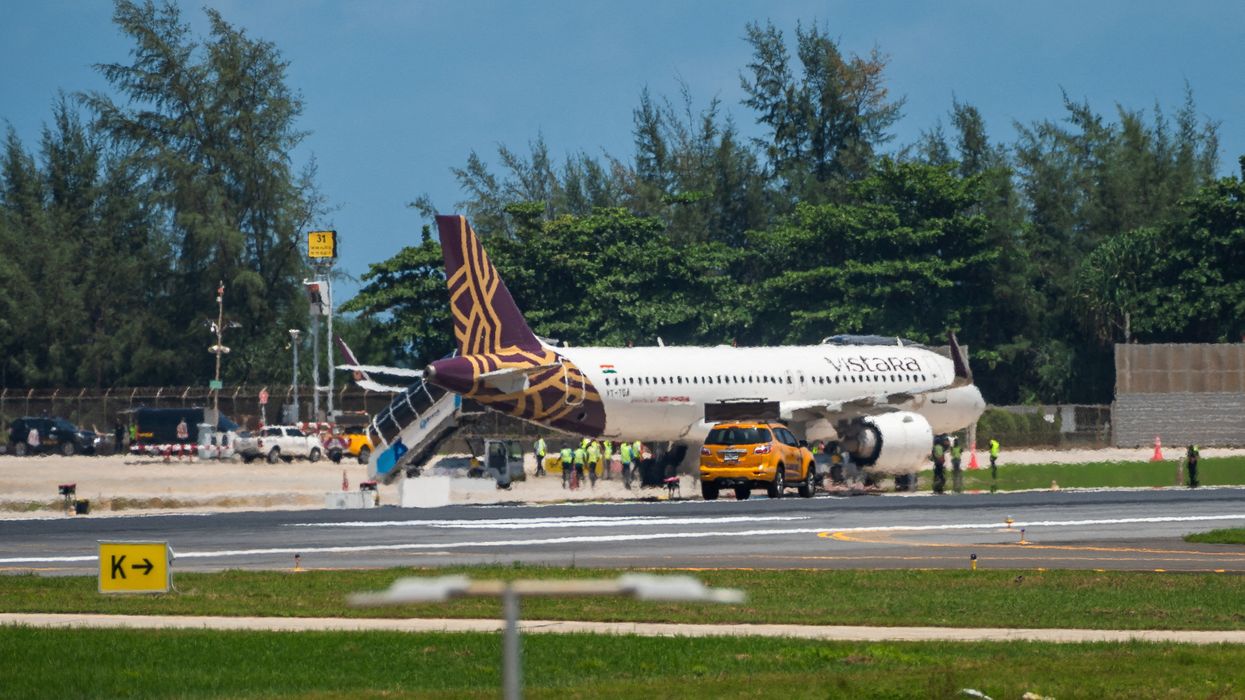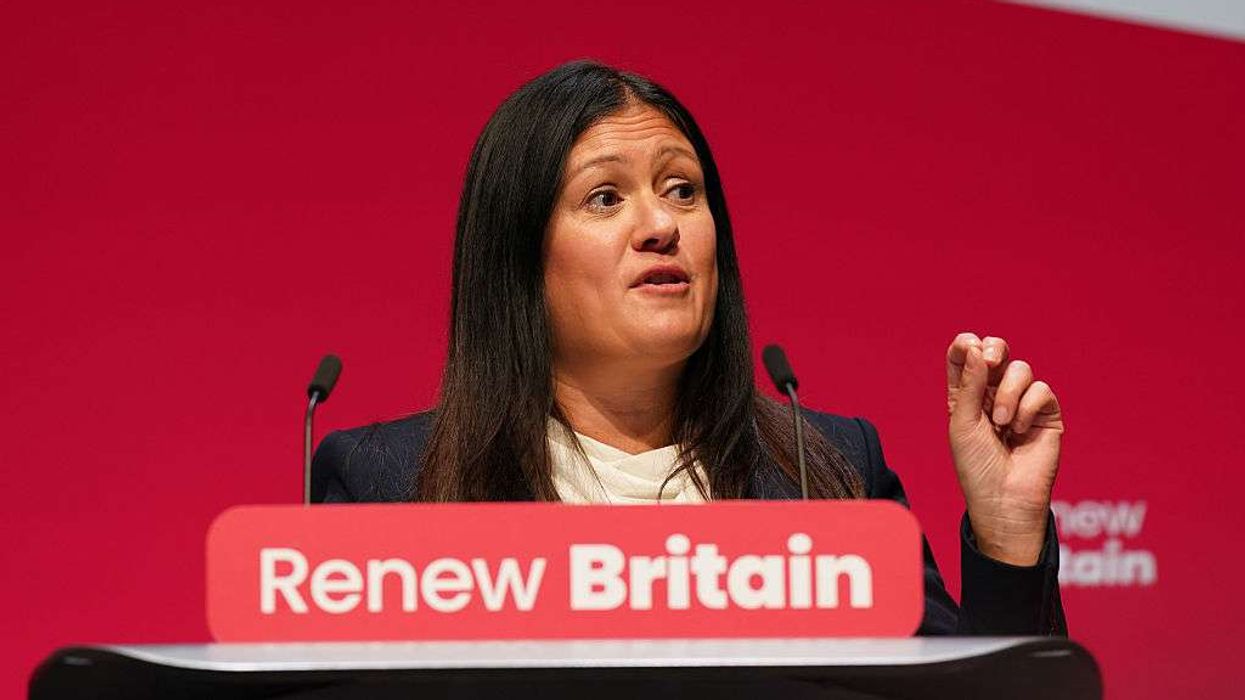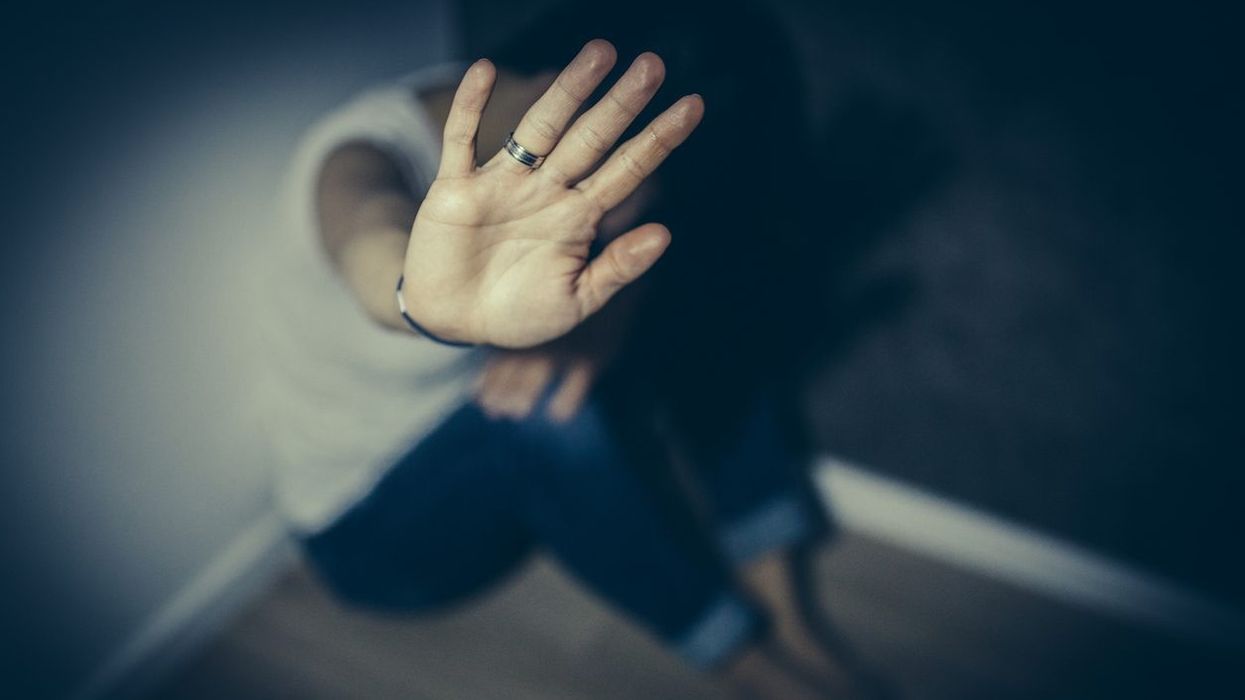AN AIR INDIA flight from Phuket, Thailand to New Delhi returned to the Thai island on Friday after a bomb threat was discovered on board, according to Thailand’s airports authority.
The flight had taken off from Phuket and was en route to India when the pilot reported a possible threat and made an emergency landing.
Airports of Thailand stated on its Phuket Facebook page that the pilot of the Airbus A320 informed air traffic control after a message indicating a bomb threat was found inside the aircraft.
"We received a report of a bomb threat written inside the aircraft's bathroom, so the pilot informed the control tower and decided to divert the flight to Phuket International Airport after circling to burn off fuel," said Monchai Tanode, director of Phuket International Airport, at a press conference.
"Police have brought in several suspects, but have not yet been able to identify who wrote the message," Monchai added.
According to flight tracking website FlightRadar24, the aircraft made a U-turn over the Andaman Sea shortly after takeoff, then circled repeatedly off Phuket’s coast before landing back at the airport.
The website showed that the flight departed again at 4:28 pm (0928 GMT), more than seven hours after its scheduled departure.
The incident took place a day after another Air India flight, bound for London, crashed in Ahmedabad, killing at least 265 people both on board and on the ground.
(With inputs from agencies)













